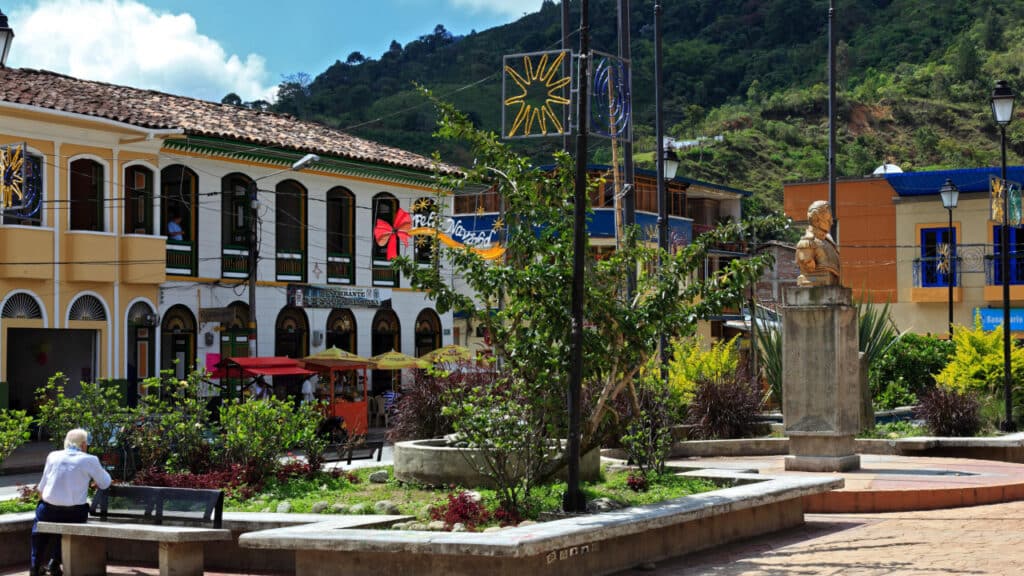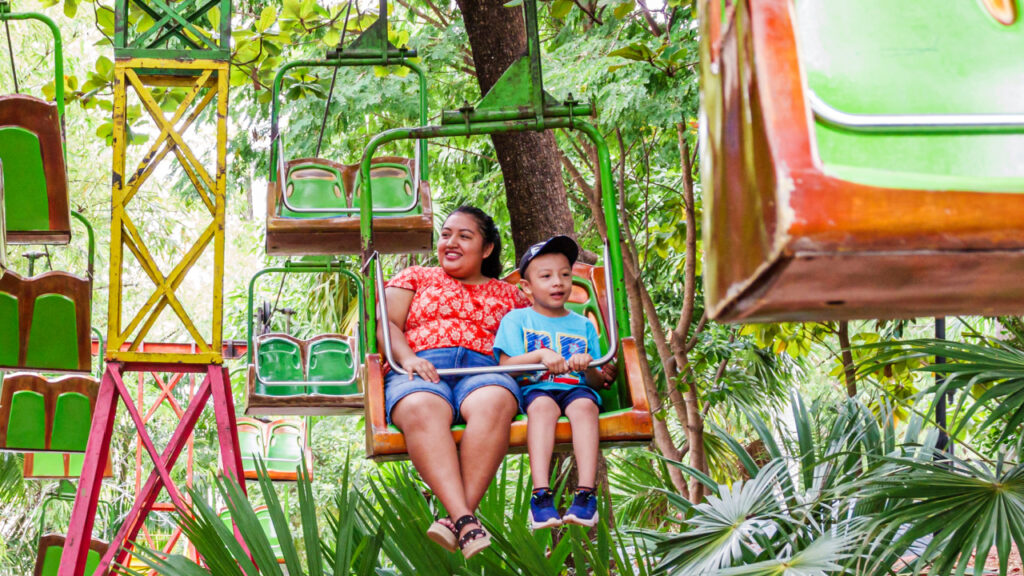I Embarked on a Día de Muertos Pilgrimage in Puerto Vallarta—and Found Signs from the Spirits Everywhere
Every year, the week of October 31 through November 2 is the one I look forward to the most. First, it is because Halloween is my favorite holiday. Second, it is because Día de Muertos is my second favorite.
I grew up under an authoritarian dictatorship, so celebrations were few and far between. Limited to whatever the government of Fidel Castro deemed “appropriate” for people to celebrate. But as every other immigrant will know, when destiny forces you to create a life outside of the country that birthed you, a new country adopts you, including its traditions.
Over the last twenty-three years, I’ve lived in four countries outside my own: Ecuador, the United States, the Dominican Republic, and Spain. However, one whose culture has always fascinated me is Mexico. Although we celebrated Día de Muertos with guaguas de pan and colada morada during my childhood in Ecuador, I was always fascinated by how Mexicans embraced this celebration.

That’s why, when I had the opportunity to fly to Puerto Vallarta to celebrate Día de Muertos this year, I didn’t hesitate to say yes.
I packed my bags with hope, the memories of my ancestors, and excitement for celebrating their memories. I also made a promise to my lover’s Siberian Husky, Jack, who died just a day before my trip.
“I’m going to put your picture up on an ofrenda, Jackie,” I whispered while caressing his soft fur. “So that you can come back to the land of the living with us for Día de Muertos.”
Upon landing in Puerto Vallarta, I was greeted with colorful trails of cempasuchíl, sugar skulls, and ofrendas. The entire city’s energy vibrated with the excitement of the celebrations to come. Last year, Puerto Vallarta boasted the world’s largest Catrina, winning a Guinness World Record. Although the greatest celebrations are held in Oaxaca and Michóacan, this coastal city didn’t stay behind.

On November 2, it came alive with the dead. I joined friends as we transformed into Catrinas and headed to the malecón.
The clear sky was lined with papel picado in every color imaginable. The expanse of the seawall gathered crowds of Catrinas and Catrines decorated with a kaleidoscope of dresses and designs. Charged with sea salt, the warm air of the Pacific Ocean caressed me with the same touch as my great-grandmother Nenita, whom I never got to say goodbye to.
I kept this memory with me as we walked toward the cemetery. Outside the walls of the holy ground, where dozens of families gathered around the tombs of their loved ones, I felt deep gratitude remembering happy moments with dear ones, all over the world.
We’re so used to focusing on the loss of those we love that we forget to honor them while they are still here with us. My abuela cooking arroz con leche over her stove, adding her secret ingredient so no one will see her. The way my grandfather gets up hours in advance to make breakfast for us every morning. Falling asleep next to my mom while we watch animated movies; getting to be a little girl whenever she embraces me. Little reminders that, at one point or another, we were all someone’s child, someone’s mother, and someone in someone else’s life.

After our celebrations, we returned to the Marriott Puerto Vallarta, where the staff had prepared something special for our group—a Día de Muertos gourmet experience.
The menu: Recetas de Mi Abuela. Dinner was set up by the beach, and as we approached the tables, picture frames illuminated the way to a giant altar they set up for our beloved families. Near my name, I found four special beings: my great-grandmother, Nenita; my great-aunt Rosa who passed earlier this year; and my two beloved dogs, Ali and Jack.
Joy and sadness danced in my chest as I held their portraits. All of them were captured smiling, each deeply alive in my heart and memory. The staff invited us over to the altar, where candles illuminated items each of our loved ones cherished that adorned the ofrenda. Knowing it was time to place their photo, I whispered a wish and a prayer to each one. Once placed, I touched their faces as if they were standing in front of me: gracias, gracias, gracias.
The rest of the night, we dined happily, reminiscing about our abuelas’ cooking and our memories of the people we loved. Our Mexican friends assured us our loved ones were also there with us. Oh, and how I wished I could hug every one of them for a second before letting go again.

Mezcalitas and mole swirled on the table while my thoughts circled on the soft fur of my dogs between my fingers as I fell asleep—their travesuras.
My Nenita’s cloud of white hair and toothless smile peeked through her bedroom window when we still lived in the same country. Her soft voice was on the other line of the phone just days before she left. I wondered if my Tia Rosa now flew all over the world or if she was catching up with my great-grandparents and her siblings over there in Mitlan.
While dessert was served, a small miracle happened. Next to our table, a nest of baby turtles started hatching, making their way to the ocean. Suddenly, our celebration of death welcomed life, a reminder that they go hand in hand.
If what the ancient natives believed holds—and I want to believe that it does—then there is hope that beyond our earthly realities, our loved ones will greet us again one day. But even better, they are still here, with us.
There is beauty in realizing that there are parts of life we simply will never skip. For example, knowing many of the people we love will one day part ways with us or that we, too, will one day leave behind people we love. But there is also comfort in embracing the fleeting nature of our existence, in honoring those who came before us for inviting us to live.





